Industry information
Company News
- Aluminum veneer customization, creating the art of personalized space
- Aluminum veneer curtain wall: the beauty of the integration of architectural aesthetics and technology
- Fluorocarbon aluminum veneer: a perfect fusion of architectural aesthetics and environmental protection
- Aluminum veneer: a fashionable element in modern architecture
- Fluorocarbon aluminum veneer: the new darling of modern architectural aesthetics
Industry dynamics
- Customized aluminum veneer to create your own aesthetic space
- Aluminum veneer curtain wall: the perfect integration of architectural aesthetics and technology
- Aluminum veneer curtain wall, the secret to creating the "skin" of the city!
- Construction requirements for imitation wood grain aluminum veneer
- Can aluminum veneer be applied to the exterior design of exhibition hall buildings?
Frequently asked questions
- What issues should be noted during the processing of aluminum veneer?
- What are the applications of aluminum veneer in the interior decoration industry?
- What are the advantages and disadvantages of aluminum veneer compared to other metal materials?
- How is aluminum veneer produced and manufactured?
- How to apply aluminum veneer in construction and interior decoration?
contact us
Mobile:+86 15627778610
Email: 2201229786
Address: No. 5 Binjiang Road, High tech Zone, Zhaoqing City, Guangdong Province
What is the thermal conductivity of aluminum veneer?
- Author: Lesilong Technology (Guangdong) Co., Ltd
- Release time: March 3, 2025 17:15:57
- Click:0
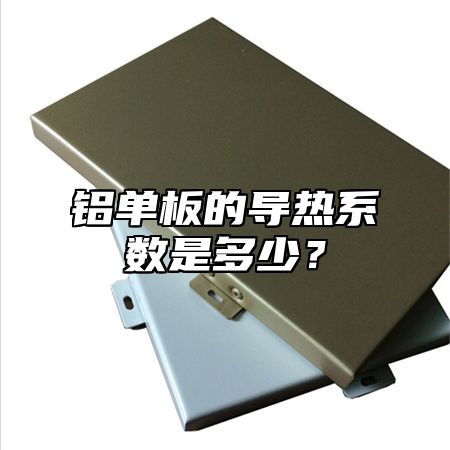
Aluminum veneerAs a new type of building material, its thermal conductivity has attracted much attention. Let's learn together about the thermal conductivity of aluminum veneer.
The material of aluminum veneer has an impact on its thermal conductivity. Generally speaking, pure aluminum has a lower thermal conductivity, while some alloy materials, such as aluminum alloys, magnesium alloys, etc., have higher thermal conductivity. These alloy materials have added some special elements such as lithium, zirconium, copper, etc. during the manufacturing process, which can effectively improve their thermal conductivity.
The use and environment of aluminum veneer can also affect its thermal conductivity. For example, using aluminum veneer in high temperature environments will increase its thermal conductivity; When using aluminum veneer in low-temperature environments, its thermal conductivity will decrease. During use, attention should be paid to avoiding adverse effects such as scratching, impact, and contamination on aluminum veneer, in order to prevent damage to its surface protective layer or internal structure, thereby affecting its thermal conductivity.
The thermal conductivity of aluminum veneer refers to the ratio of the heat passing through a unit area per unit time to the temperature difference. Normally, the thermal conductivity of aluminum veneer is 100-250 watts per square degree Celsius. This range is relatively large, so the influence of its thermal conductivity needs to be considered in the design and construction process of aluminum veneer.
To minimize the impact of aluminum veneer thermal conductivity on buildings, the following measures can be taken:
1. Fully consider the thermal conductivity of aluminum veneer in the design and construction process, arrange its position and size reasonably, and avoid excessive heat loss or insufficient heat transfer efficiency.
Before installing the aluminum veneer, reserve holes or install insulation layers to isolate the temperature difference between the inside and outside without affecting the overall stability of the building during temperature changes.
3. After installing the aluminum veneer, conduct regular inspections and maintenance to promptly identify and repair problems caused by thermal conductivity.
The thermal conductivity of aluminum veneer is an important parameter that directly affects the heat transfer performance of aluminum veneer and the overall stability of buildings. Through reasonable design and construction methods, as well as regular inspection and maintenance, the impact of aluminum veneer thermal conductivity on buildings can be minimized to the greatest extent possible.

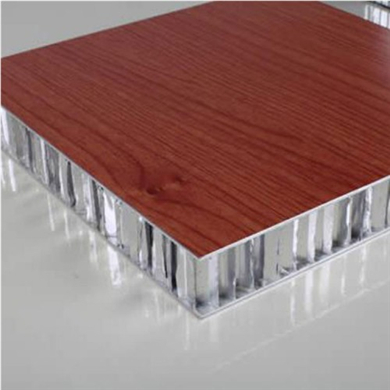
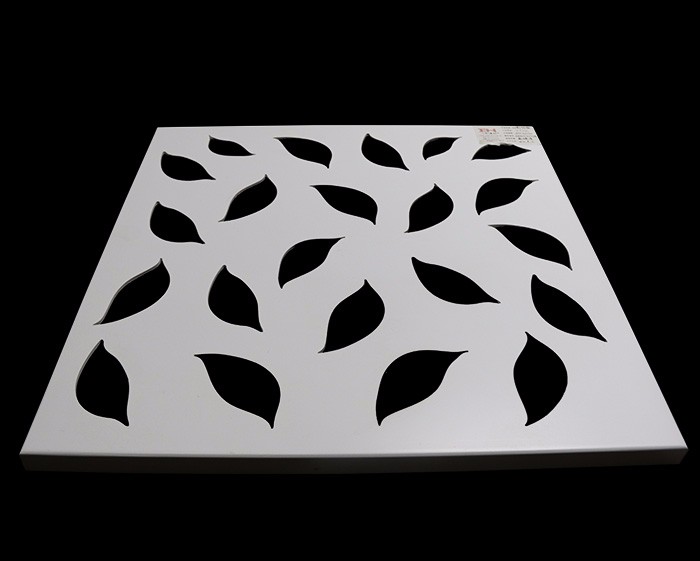
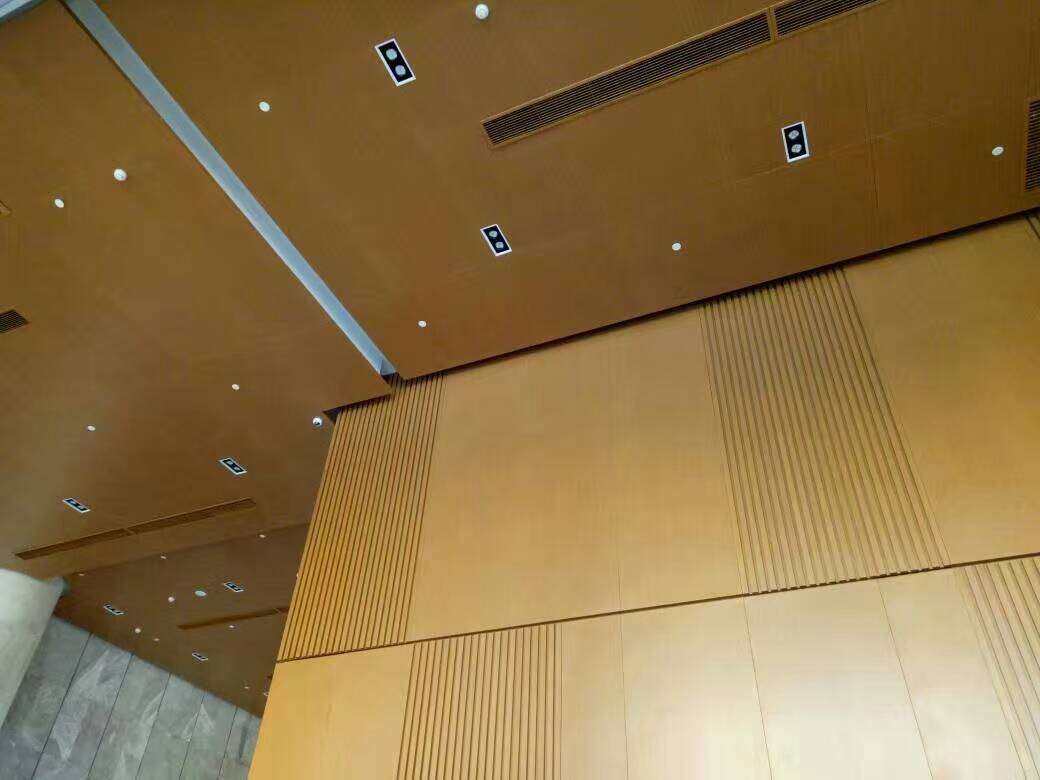
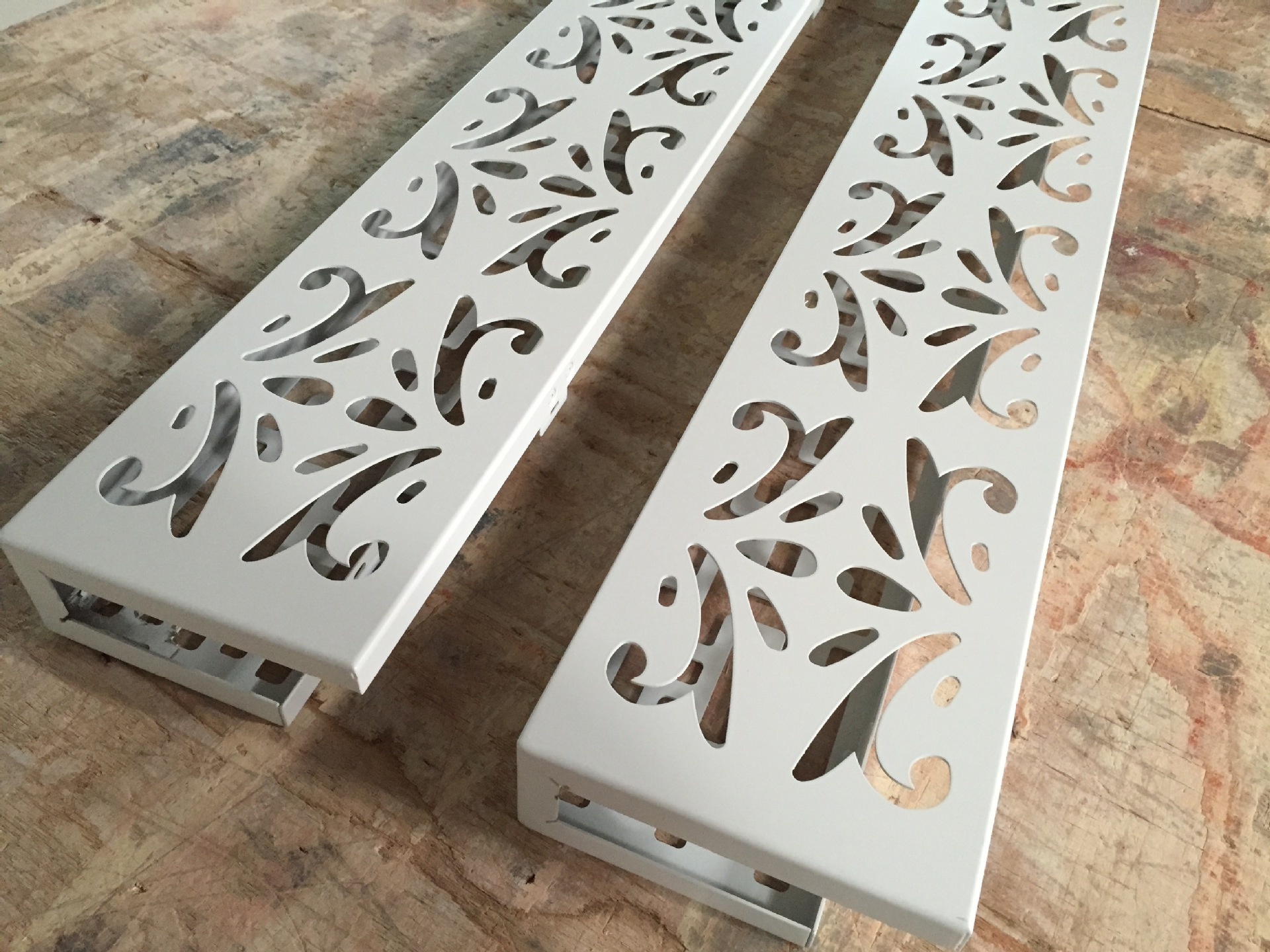
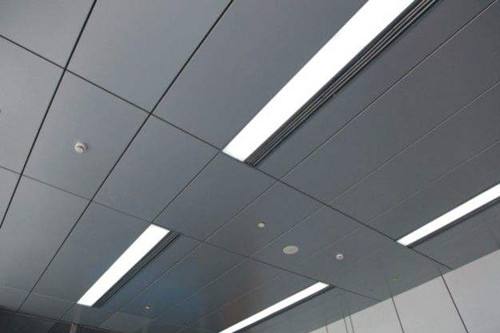
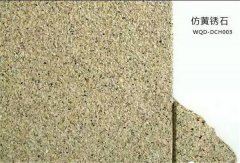
 Customer service QQ
Customer service QQ